Europe
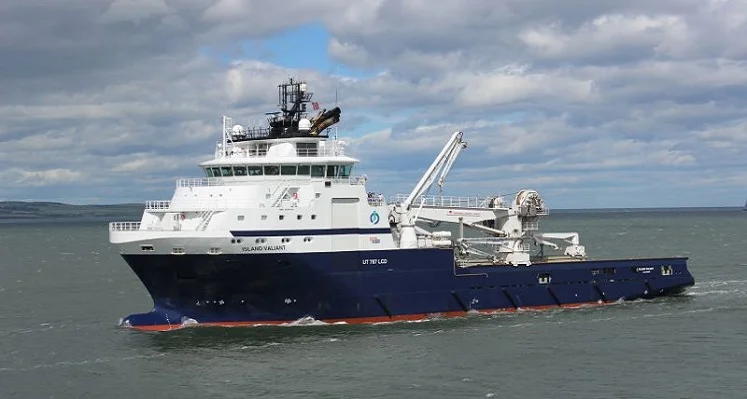
- Region: Europe
- Topics: Decommissioning
- Date: Nov, 2024

Mermaid Subsea Services, a leading international subsea services company, has concluded a 21 well plug and abandonment campaign on behalf of a North Sea operator.
The multi-well campaign was executed using the Island Valiant vessel and was carried out on wells across the Northern and Central North Sea. As the largest contract Mermaid has completed to date, the project spanned two years and created six new jobs in the process.
“This has been a landmark project, not just for Mermaid but also for the wider North Sea decommissioning sector,” remarked Scott Cormack, Regional Director for Mermaid Subsea Services (UK).
“For a company that only entered the UK in 2020 to have carried out, what we understand to be, the largest vessel-based decommissioning campaign in the region ever is a huge achievement, testament to the Mermaid team and further proof that there is space in the market for a new player delivering innovative solutions.
“I would like to thank the whole Mermaid team for playing their part in the successful delivery of this project and to the client for putting their faith in our safe, efficient and cost-effective vessel-based well P&A offering.”
Mermaid is building its reputation in the decommissioning market at an incredibly opportune time given the wave of activity that will be required in the North Sea in the near future. According to the latest OEUK report, operators need to plug 200 abandoned North Sea wells a year in order to stay on top of targets.
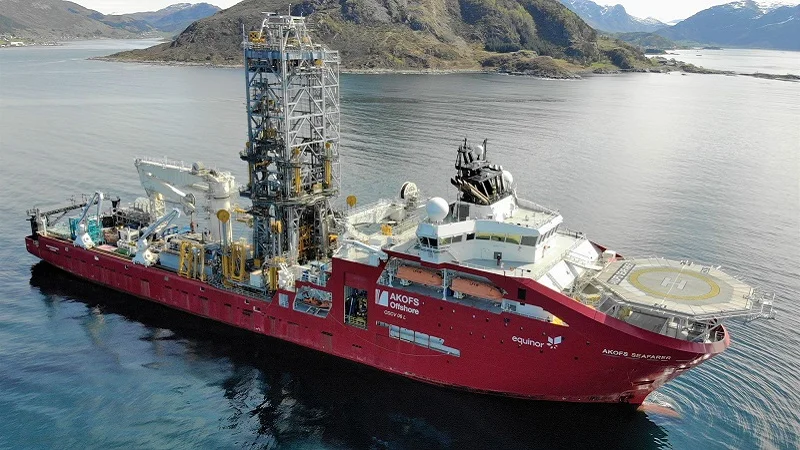
- Region: All
- Topics: Well Intervention
- Date: Nov, 2024

Akastor ASA has signed an agreement to acquire all of the interests Mitsui & Co. Ltd holds in AKOFS Offshore, a provider of vessel-based subsea well installation and intervention services to the oil and gas industry.
“We sincerely thank Mitsui for their valuable and good collaboration since 2018,” remarked Karl Erik Kjelstad, CEO of Akastor. “We believe the timing for increasing our investment in AKOFS Offshore is right, as market dynamics within the subsea well intervention and installation sector are increasingly compelling.”
A purchase price of US$22.5mn will see Akastor now hold 75% of the shares in AKOFS Offshore with Mitsui O.S.K. Lines holding the remaining 25%. As part of this development, the two shareholders will negotiate and enter into a new shareholders agreement on similar terms but reflecting the changed ownership.
“We are excited to deepen our commitment as well as to continue the journey together with MOL as partner,” continued Kjelstad. “Together, we remain confident that AKOFS Offshore is well-positioned for continued growth in the years to come and are well-aligned regarding our ownership strategy.”
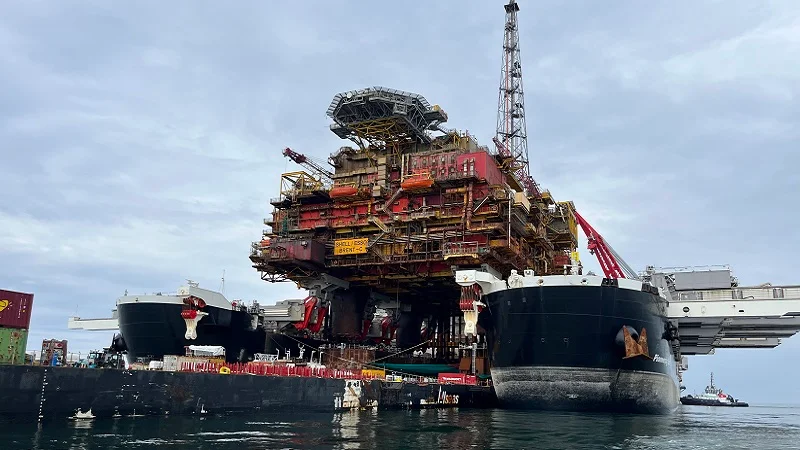
- Region: North Sea
- Topics: Decommissioning
- Date: Nov, 2024

According to Mammoet, which helps clients with smarter, safer and stronger solutions for heavy lifting and transport challenges, Brent Charlie has been successfully skidded onto the quayside for decommissioning.
Brent Charlie is the last and heaviest topside from the Brent oil and gas field, located 186 km northeast of the Shetland Islands. It is now to follow its siblings – jacket-based Alpha, and gravity-based Bravo, Charlie and Delta – into a decommissioned retirement having been the last one in operation since 2014.
Mammoet has now provided an update on the project, reporting that it has successfully performed the skidding of the 31,000t topside onto the quayside, overcoming complex engineering and safety challenges in the process.
Drawing on decommissioning experience
Brent Charlie was required to be removed and transported from the Brent field to the Able Seaton Port near Hartlepool, UK. In order to do so, the company followed a similar process from the previous three Brent topsides.
Allseas used its motion-compensated heavy lift vessel Pioneering Spirit to remove the structure at sea in a single lift and transport it to shallow waters, where the topside was transferred onto Iron Lady, Allseas’ purpose-built cargo barge.
Mammoet had already fitted Iron Lady with skidding equipment (some 45 truckloads of materials), which would be needed to offload Brent Charlie at the port. Mammoet also provided mooring winches for Iron Lady within specific guidelines provided by Allseas on lengths and drum load capacities.
Once the barge had moored at Able Seaton Port and settled into the seabed, the team could determine the starting height of the skid tracks on the quayside and begin laying them down. The topside was skidded over twelve skid tracks, which needed to be perfectly aligned with the skid tracks installed on the barge.
The skidding operation was performed in two stages. First, the topside was skidded five meters to the aft of the barge. Then, after 12 hours to allow for further settling, it was skidded the remaining 130 meters onto the quay, to its final position.
A configuration of 76 skid shoes - divided between the four legs of the platform - and 40 push-pull units were used to skid the topside 15 meters per hour. The combined pushing capacity was 3,320t; the total lift capacity was 51,000t.
Suspended netting was used to collect any falling debris and marine growth that might come away from the structure. All movements were remotely controlled from a control room to minimise the presence of people underneath the platform, and therefore maximise safety.
One of the primary challenges was managing the structures four legs, which cause it to be less stable during skidding. As Richard Verhoeff, Mammoet Sales Director, explained, “When you look at stability, three legs are always stable; four legs are not. You try to keep a three-point suspension when performing a load-in, and still need to achieve that even with four legs. That’s where hydraulic grouping comes in very handy.”
But there can also be some level of deflection between the legs, so the force needs to be able to communicate between the different hydraulic groups.
This is why there were hydraulic cylinders under each leg, and why the cylinders between both pairs of two legs had to be connected – to ensure the pressure on each remained the same.
Despite the various challenges, Mammoet drew from its extensive experience of performing similar operations to successfully complete the task. “We have a pragmatic approach, which is required on jobs like this,” remarked Leo de Vette, Project Manager at Mammoet. “It’s really a team operation, you must do it together. Time is of the essence, so equipment can be moved to the next job. Once the topside is on the barge, there is only one priority – get it off as safely and efficiently as possible.”
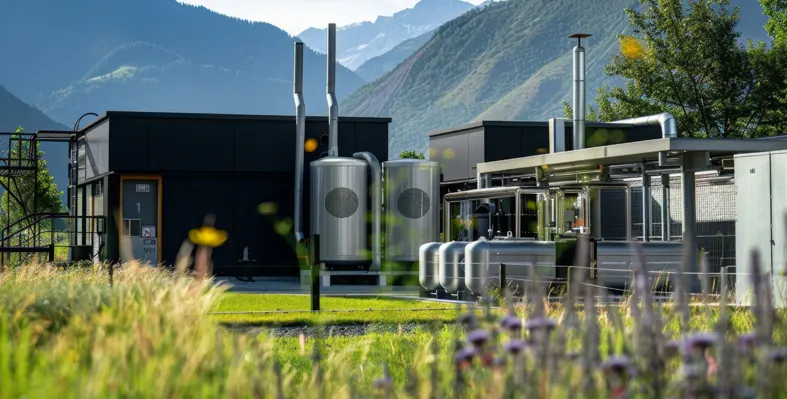
- Region: Europe
- Topics: Geothermal
- Date: October, 2024
 CBRE Investment Management, on behalf of a fund managed by its Private Infrastructure division, has acquired a majority stake in Finnish geothermal company, Geonova Oy
CBRE Investment Management, on behalf of a fund managed by its Private Infrastructure division, has acquired a majority stake in Finnish geothermal company, Geonova Oy
Specialising in decentralised heating and cooling services using ground source heat pump (GSHP) technology, Geonova has around 20 years experience in providing full turn-key heating solutions, covering system design, installation and management. The demand for these systems is set for continued growth as it aligns with Finland's 2035 net zero goals. Also, Finland has the highest per capita consumption of heat in the EU.
CBRE IM has acquired an 80% stake in the company from current shareholders, including Helsinki-based Helen Oy and LampoYkkonen Oy. LampoYkkonen will retain a 20% stake in Geonova. CBRE IM has also made a further capital commitment to fund the future expansion of the business. The investment will form a core part of the strategy of CBRE IM’s Private Infrastructure division to invest in infrastructure assets and technologies that support the decarbonisation of the built environment.
Decarbonisation strategy
Andreas Köttering, Head of Private Infrastructure Europe at CBRE IM said, “Investing in businesses like Geonova demonstrates our strategy of decarbonising the built environment. We can support that strategy by bringing to bear the capabilities of our entire CBRE platform.”
“Geonova has already established itself as a leading player in the GSHP sector in Finland,” said Kerron Lezama, Senior Director, Infrastructure Investments of CBRE IM. “We are excited to be able to work with Geonova’s excellent management team and Vesa to support its future growth as low carbon heating systems play a greater role in making buildings more energy efficient.”
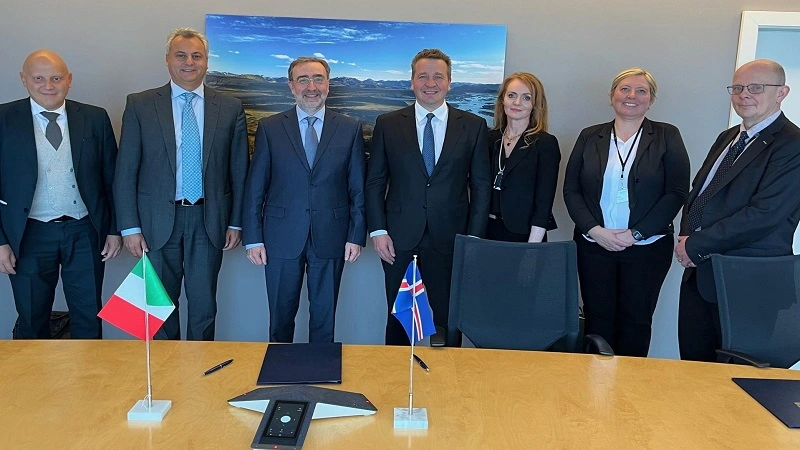
- Region: Europe
- Topics: Geothermal
- Date: Oct, 2024
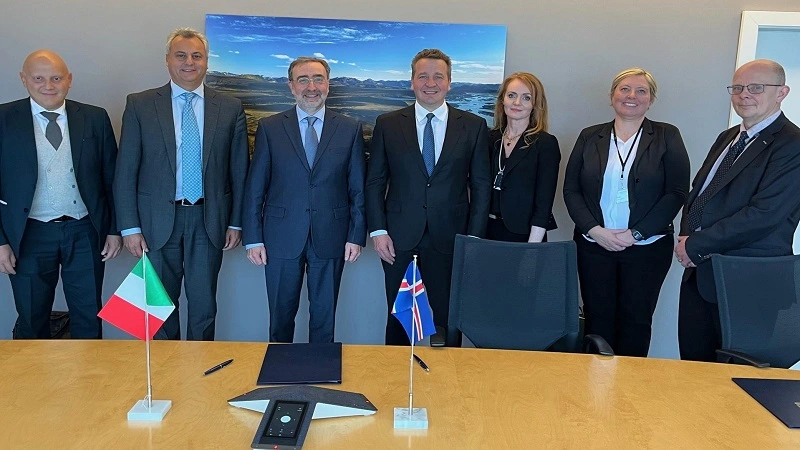 A cooperation agreement has been signed between Iceland and Italy regarding increased collaboration in the field of geothermal issues, both bilaterally and within the network of international organisations.
A cooperation agreement has been signed between Iceland and Italy regarding increased collaboration in the field of geothermal issues, both bilaterally and within the network of international organisations.
The agreement was signed by Guðlaug Þór Þórðarson, Minister of the Environment, Energy and Climate, and Stefano Nicoletti, Italy’s Ambassador to Iceland on behalf of Italy’s Minister of Energy.
Guðlaug Þór said at the signing that it was appropriate and timely for the two countries with the longest history and vast knowledge in the field of using geothermal energy within Europe to sign the agreement of cooperation.
Nicoletti said there are many similarities in the use of geothermal between the two countries: Italy’s first geothermal plant was built in 1905, garnering a breadth of experience and knowledge that the Italians bestowed onto other countries, including Iceland.
The agreement marks a new beginning of closer cooperation between the two countries, highlighting the importance of bringing experts and private sectors to the table.
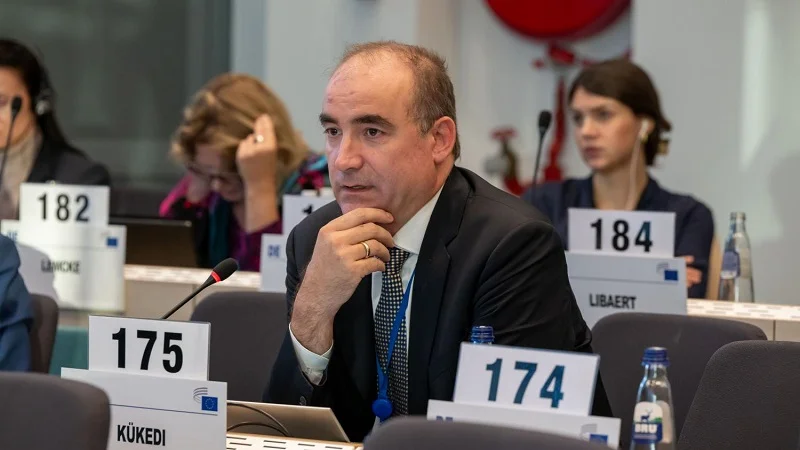
- Region: Europe
- Topics: Geothermal
- Date: Oct, 2024

At the October plenary session of the European Economic and Social Committee (EESC), the significant untapped potential of geothermal energy in Europe was explored with members emphasising the resource as an essential part in the forthcoming energy transition.
Members Zsolt Kükedi, and Thomas Kattnig led these discussions, underlining how the low-emissions resource could help the EU reduce its dependence on fossil fuels and support decarbonisation.
“Geothermal energy can make a useful contribution to achieving the EU’s 2050 climate neutrality goals,” said remarked Kükedi.
“Its potential is unexploited and the European Commission should move immediately to put together a comprehensive strategy to make use of the resources it provides,” added Kattnig.
While the potential is near limitless, the committee was quick to point out that investment in geothermal power plants will not work without financial help at national level. Specifically, government funding and incentives will be required in order to attract and de-risk initial investments. Moreover, changes in energy policy or financing can affect the attractiveness of geothermal projects.
To bring geothermal projects online, therefore, the committee stated that the risks need to be accurately identified and that this process should be carried out with local communities with a view to increasing public acceptance.
The statement from the committee concluded by noting that currently geothermal energy is still not very developed across Europe, and its real potential remains unassessed due to insufficient geothermal resource mapping. However, as explored by the International Renewable Energy Agency, geothermal energy, as a long-lasting and cost-effective source of renewable energy, has the potential to stabilise electricity grids and partly offset risks connected to the fast deployment of variable renewables.
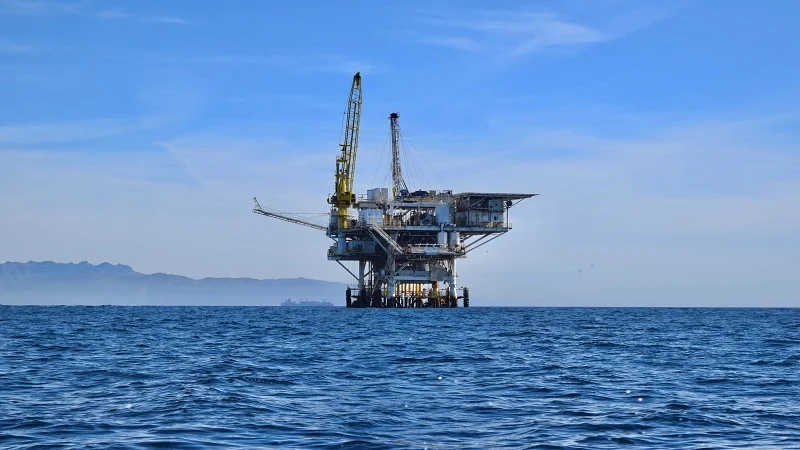
- Region: North Sea
- Topics: Decommissioning
- Date: Oct, 2024

Ahead of the publication of its 2024 Decommissioning Insight, Offshore Energies UK (OEUK) has stated that operators need to plug 200 abandoned North Sea oil and gas wells a year in order to stay on top of targets.
This will be among the findings of the new report which seeks to detail the challenge facing the region’s energy industry. Multiple changes to the tax regime are causing continuing economic and fiscal uncertainly which has damaged activity levels. These goalposts are set to remain on the move following the Chancellors Autumn statement later this month.
Despite these setbacks, OEUK has said that the report will also showcase the expertise and capabilities of the UK decommissioning industry which is helping to turn this challenge into a more manageable task.
It will reportedly outline that stable government policy can help support the decommissioning industry in the UK and prevent multi-million pound contracts go elsewhere. A successful approach here could secure the future of thousands of skilled UK jobs for decades to come.
OEUK decommissioning manager Ricky Thomson said: “Operators must continue to sanction projects and the supply chain must remain resilient and competitive. The energy transition has decommissioning at its heart and sharing cross-sector information and expertise is crucial. I have no doubt we can make this happen.”
The report will be released at OEUK’s 2024 Decommissioning Conference in St Andrews, Scotland from 18-20 November.
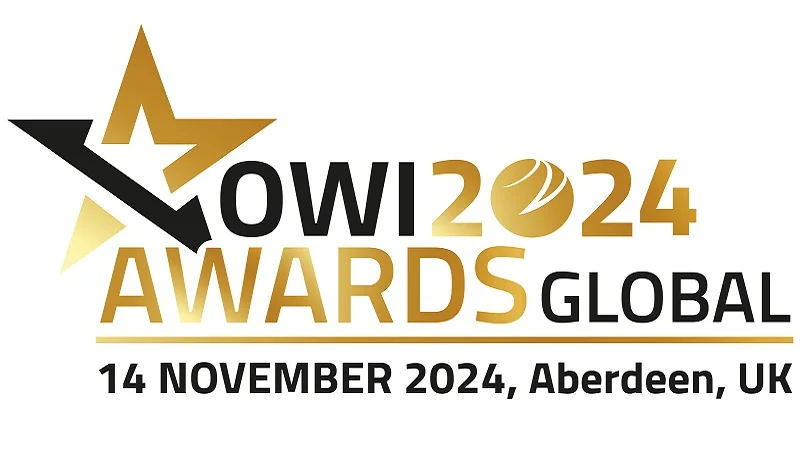
- Region: All
- Topics: Well Intervention
- Date: Oct, 2024

The OWI Global Awards is returning on 14 November to gather the offshore community for a celebration as the very best in global well intervention excellence are recognised for their outstanding contribution to the industry.
Sponsored by Welltec, the 2024 edition will be held at Union Kirk in Aberdeen, Scotland, with 11 winners picked out from a wide roster of exceptional entrees. Tickets are available now and can be acquired by clicking here.
Those in attendance will have the opportunity to network with peers from the offshore community and will share in the celebration of the 2024 champions selected from the categories of:
•Best Project Outcome: Organisations that have completed an industry leading project;
•Best Example of Collaboration: Two or more organisations that have collaborated to achieve ground-breaking outcomes;
•Best Example of Digital Innovation: Trailblazers in digitising processes or solutions;
•Best Example of Downhole Innovation: Organisations with excellent well intervention technology at a subsurface level;
•Best Example of Well Integrity Innovation: Organisations with an exceptional well integrity solution or service;
•Best Example of P&A Innovation: Organisations that have a solution, technology or completed a project which signifies the best in P&A;
•Best Example of Subsea Intervention: Organisations with first-class well intervention operations in waters over 1,000+ feet deep;
•Best Example of Platform Intervention: Organisations with an outstanding project on the well head;
•Energy Transition Pioneer of the Year: Organisations spearheading the transition to greener energy through the services and tooling they offer;
•Intervention Champion of the Year: Organisations that are market leaders in the well service industry;
•Jørgen Hallundbæk Lifetime Achievement Award: An individual who has made an exceptional contribution to the well intervention community throughout their career.
With a plethora of submissions being received, the daunting task of determining the finalists from the talented entry pool and, ultimately, selecting the category winners was given to an experienced panel of judges. Industry experts from ADNOC, EGPC, ENI, Petronas and more acted as arbitrators, independently assessing and scoring each entry to determine which submissions had gone the extra mile. As such, the official 2024 finalists who are in with a chance of claiming a trophy in Aberdeen are:

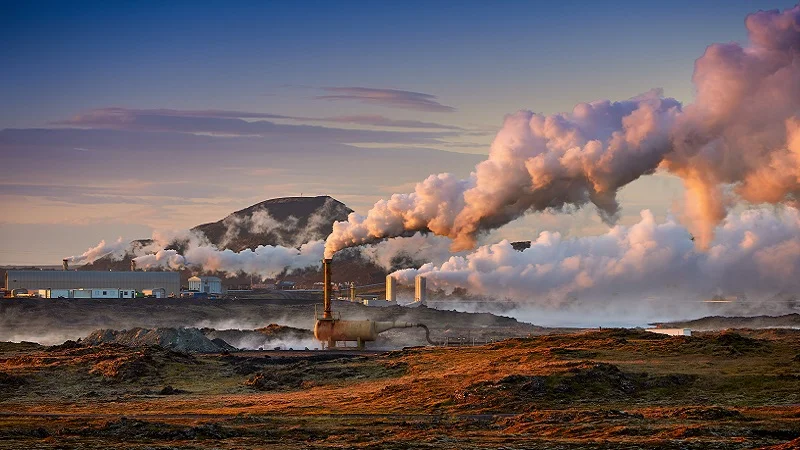
- Region: All
- Topics: Geothermal
- Date: Oct, 2024

Saipem, a global leader in the engineering and construction of major projects for the energy and infrastructure sectors, has signed a MoU with Geolog and Ignis H2 Energy to develop advanced technological solutions and conduct feasibility studies for new geothermal plants.
The two companies are specialised in the geothermal sector; Geolog is a leader in the evaluation of geological formation and drilling solutions, while Ignis H2 Energy expertise lies in geothermal resource acquisition, exploration and development. Saipem has moved to utilise the experience of both companies as it aims to develop advanced solutions that can enable a greater use of geothermal energy. In particular, the company is interested in next-generation geothermal energy systems, offshore geothermal energy, and the conversion of oil & gas wells.
A strategic resource
As per the MoU, the three entities have agreed to carry out joint studies on unconventional geothermal energy such as terrestrial heat sources difficult to access as well as on offshore geothermal energy.
Saipem will lead the feasibility study of geothermal plants, by assessing the technical solutions currently available in the market and identifying potential technological gaps. Geolog and Ignis will contribute to the assessment of geological formations and drilling solutions, as well as the analysis of geothermal resources availability.
More Articles …
Page 2 of 37
Copyright © 2024 Offshore Network


